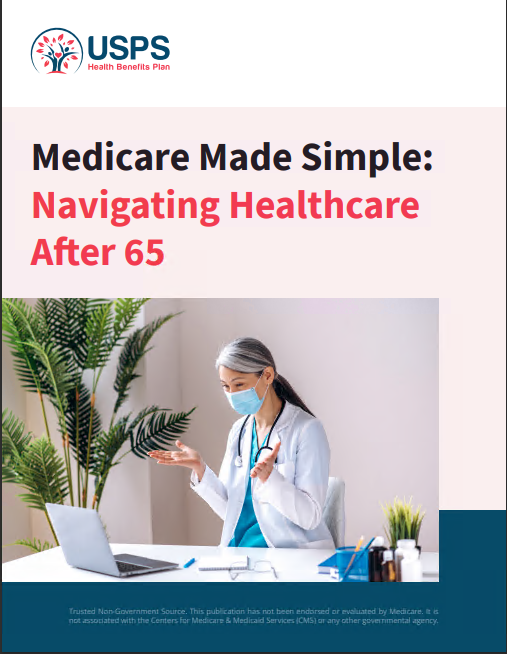Key Takeaways
- Get Ready for Open Season: November 11 to December 9, 2024, is the period for Postal Service Health Benefits (PSHB) Open Season. Now’s the time to review your options and ensure you’re set up with the best coverage for 2025.
- Medicare Requirements for Some Retirees: Medicare-eligible retirees and family members may need to enroll in Medicare Part B to keep PSHB coverage, but exceptions apply if you retired before January 1, 2025.
PSHB Open Season—What You Need to Know
Welcome to the 2025 PSHB Open Season! This year, postal employees and retirees are experiencing a unique shift as the Postal Service Health Benefits (PSHB) program officially replaces the Federal Employees Health Benefits (FEHB) system. This transition offers a variety of coverage options tailored to postal workers’ specific needs, and understanding these changes can be crucial for making the right choice. The Open Season period, from November 11 to December 9, 2024, is your window to enroll in a PSHB plan or switch plans for 2025. Whether you’re a current employee, a retiree, or an eligible family member, I’ll walk you through the essential steps and deadlines to help you make the most of this transition.Understanding Open Season Basics
What Is Open Season?
Open Season is an annual opportunity for federal employees, retirees, and eligible family members to adjust or enroll in health benefits for the upcoming year. With the introduction of the PSHB, this year’s Open Season is especially important for USPS workers and retirees as it marks a transition from the FEHB to a program exclusively designed for postal employees and their families. During Open Season, you can:- Enroll in a new health plan
- Switch your existing plan
- Add or remove eligible family members from coverage
PSHB vs. FEHB: What’s Different?
The PSHB program is similar to the FEHB in that it offers comprehensive coverage options, but it’s tailored to the needs of USPS workers. Key differences in the PSHB include:- Exclusive to Postal Employees: Only USPS employees, retirees, and their eligible family members can enroll.
- Automatic Enrollment: If you’re currently covered under FEHB, you’ll be enrolled in a comparable PSHB plan unless you actively make a new choice.
- Medicare Part B Requirement: Some Medicare-eligible retirees must enroll in Part B to maintain PSHB coverage.
Important Dates to Remember
Open Season for PSHB runs from November 11 to December 9, 2024. Mark these dates, as they’re your only opportunity to make changes for the upcoming year. Starting in January 2025, all existing FEHB enrollees who transition to the PSHB will have new coverage, so ensuring your chosen plan meets your needs is essential.Key Steps to Take During PSHB Open Season
1. Review Your Current Coverage
Take a close look at your current FEHB plan if you’re automatically transitioning to PSHB. Make a list of your healthcare needs, including any specific treatments or medications, and think about how your current coverage aligns with your needs. This will help you determine if you should stick with your new PSHB plan or explore other options.2. Compare PSHB Plans
The PSHB program offers various plan types—HMOs, PPOs, and high-deductible health plans (HDHPs). Comparing plans during Open Season is essential, especially if you or a family member has unique healthcare needs or requires regular treatments.3. Check for Medicare Requirements
If you’re Medicare-eligible, be aware of PSHB’s Medicare Part B enrollment requirements. This applies to retirees and Medicare-eligible family members. Those required to enroll in Medicare Part B include:- Medicare-eligible postal retirees who retired after January 1, 2025
- Medicare-eligible dependents of retirees who are already enrolled in Medicare











